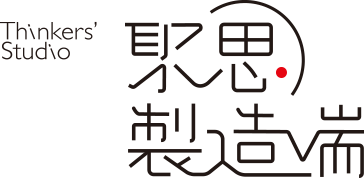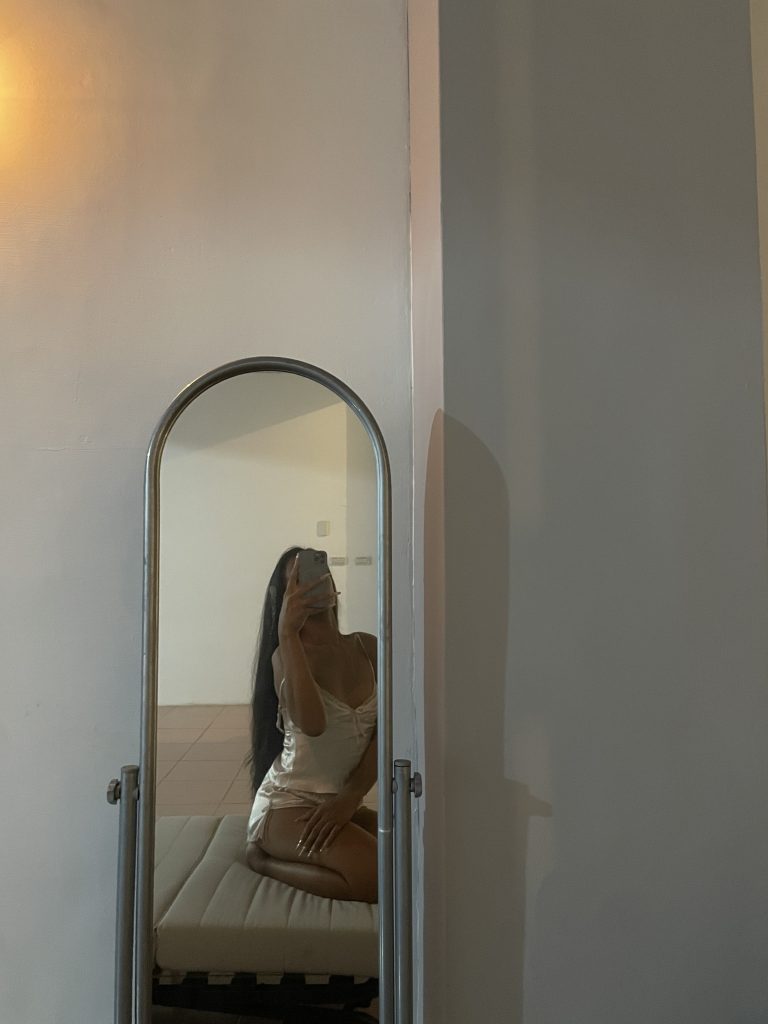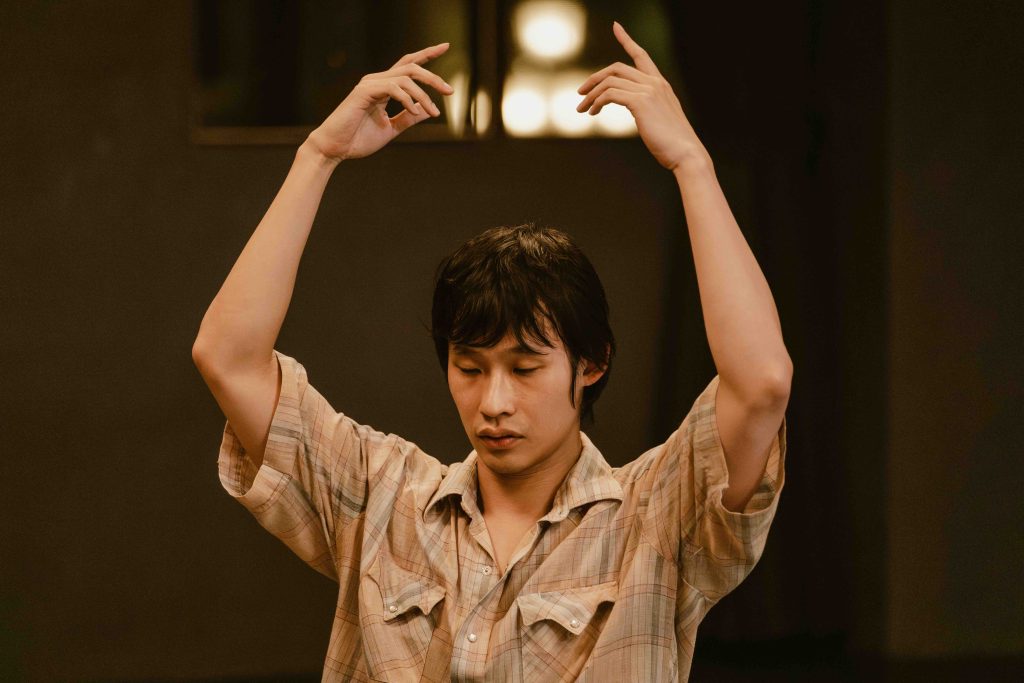書寫觀察員:林之淯
Connect with SEA|印尼場次
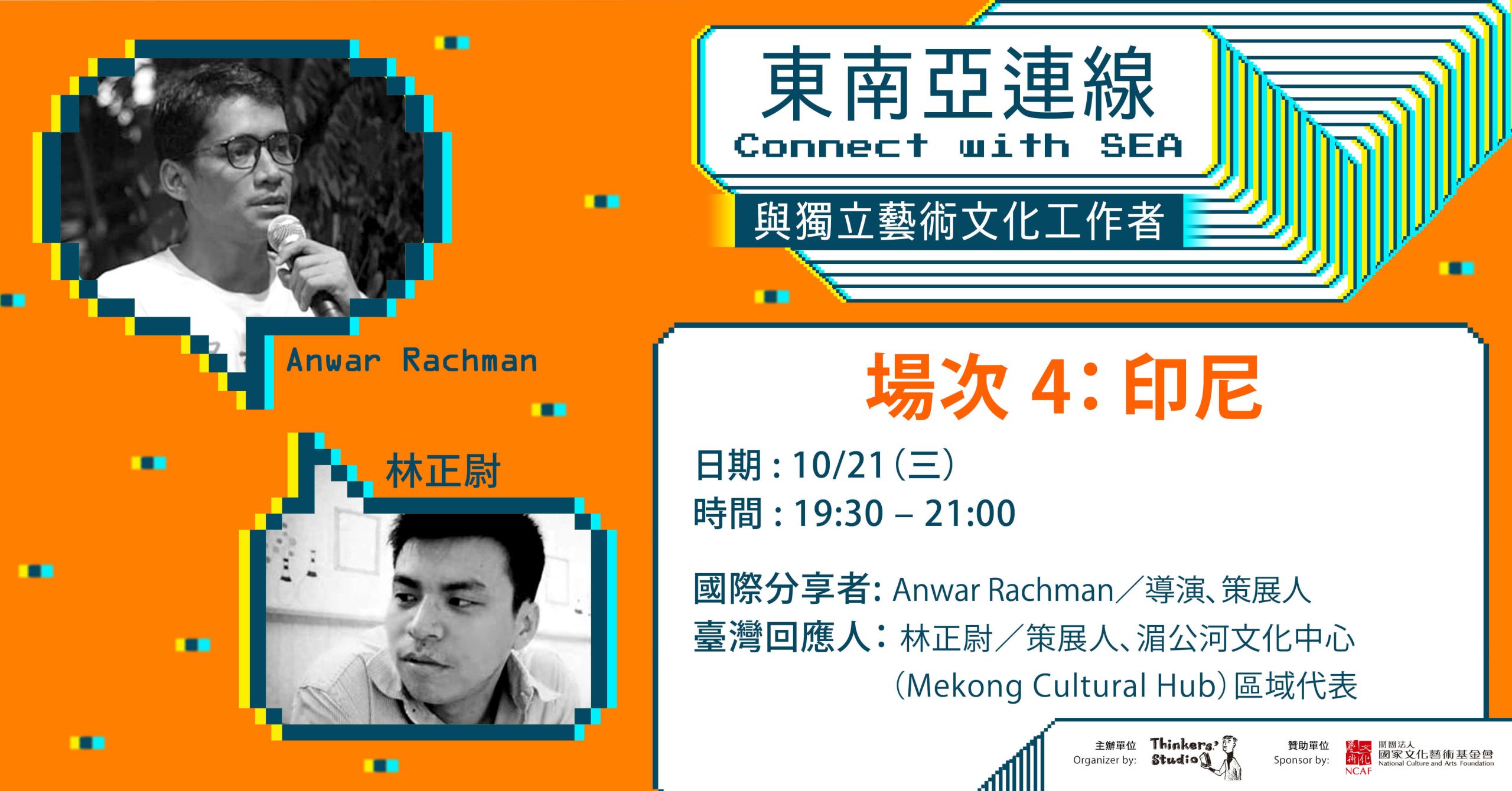
◇ 日期:2020/10/21 (三) 19:30 – 21:00
◇ 國際分享人|印尼 Anwar Jimpe Rachman
導演、策展人。曾為2015年雅加達雙年展(Jakarta Biennale)和2017年紡織社區藝術節/針織塗鴉藝術展(Bom Benang/ Yarn Bombing)策展人,並自2017年,開始在望加錫雙年展(Makassar Biennale)擔任策展人。
Jimpe於1999 年創立望加錫城市研究團體Tanahindie,這個團體嘗試把庭院轉變為藝術和研究的空間場域。另外,他同時也是望加錫Kampung Buku社區圖書館的創辦人。
◇ 台灣回應人|林正尉
策展人。現為國立臺灣大學建築與城鄉所博士生、2019-2020年「湄公河文化中心」(Mekong Cultural Hub)區域代表。他曾擔任《四方報》專案經理,亦是獨立策展團隊「奧賽德工廠」創始成員之一。近十年其藝術作品、駐村型創作及研究經驗,呈現於臺灣、港澳、越南、蒙古、印尼和墨西哥等。他也是2019年印尼望加錫雙年展「海洋時代:遷徙、河流與料理」共同策展人。
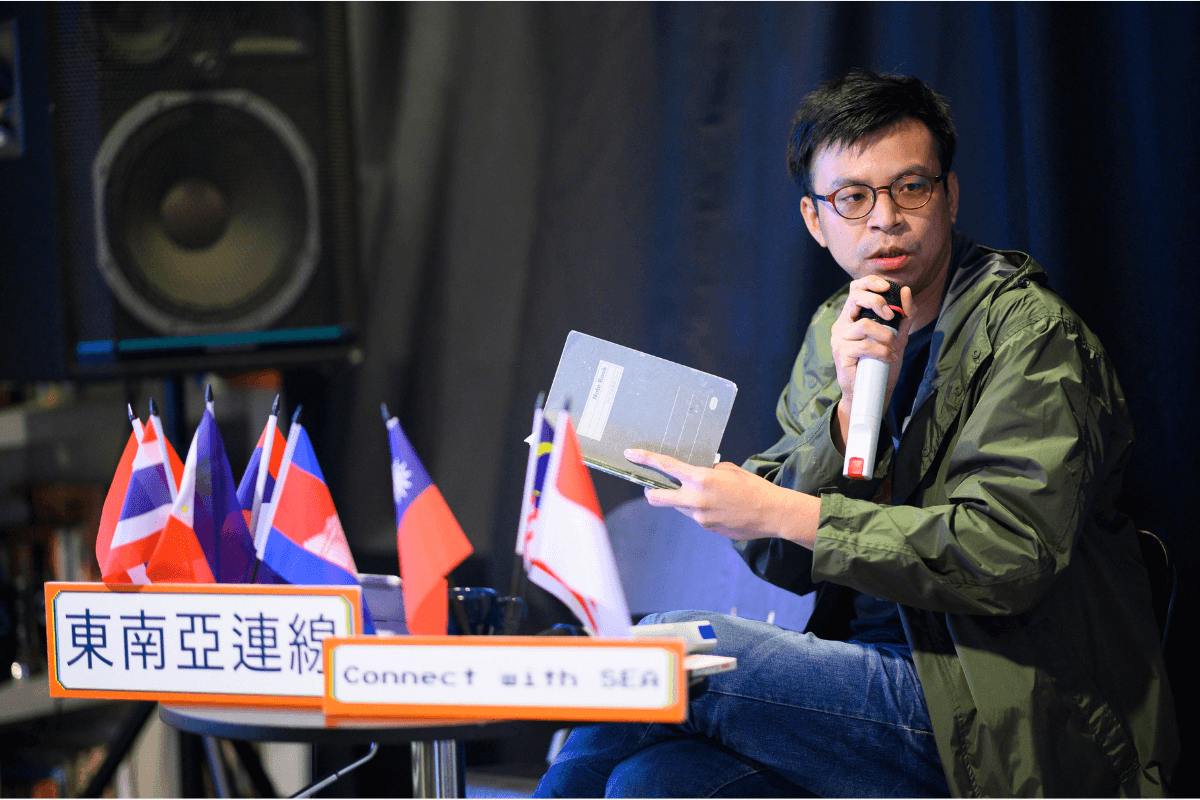
連線內容:
望加錫雙年展的出現:對抗「爪哇中心」敘事
印尼是世界上最大的群島國家,由17,506個島嶼組成;若想像一條虛擬的線,我們或可將印尼劃分為東西部兩個區域,西部地區包含爪哇島、蘇門答臘島、加里曼丹島等,東部地區則包括蘇拉威西島、努沙登加拉、摩鹿加群島、西巴布亞等。其中,爪哇島是印尼第五大島,也是印尼人口最多的島嶼;長久以來,爪哇島在印尼的政治、經濟、文化等面向具主導地位。
望加錫位於蘇拉威西島,是印尼第五大城市,也是印尼東部地區的最大城市。作為相對於爪哇的邊陲,如何走出異於「爪哇中心」的傳統敘事,也是蘇拉威西/望加錫,以及其他島嶼共同面對的重要課題。
目前印尼較為人所知的雙年展,有位在爪哇島西部的雅加達雙年展(Jakarta Biennale,成立於1974年),以及東爪哇的日惹雙年展(Biennale Jogja,成立於1988年);而望加錫雙年展相比前述兩個雙年展,是最年輕的雙年展(成立於2015年)。另外也因為所在地區的差異,造成截然不同的狀況;首都雅加達位於爪哇島西部,除此之外,印尼前十大城市有八個都分佈在爪哇島;爪哇島除了作為政府中心,也具有較完整如媒體、教育等各種資源;如印尼高等藝術教育機構的兩個主要系統:「印尼藝術學院」(Institut Seni Indonesia,ISI)和「印尼藝術文化學院」(Institut Seni Budaya Indonesia,ISBI),全國9間學校,就有3間分佈在爪哇島,而東部地區僅有2間;也造就在爪哇島,有著龐大的藝術社群網絡,這些都是蘇拉威西島,或者是說其他島嶼望塵莫及的。
望加錫雙年展(Makasaar Biennale)成立於2015年,自2017年開始,以「海洋時代」(Maritim)作為策展主題。2019年,望加錫雙年展在4地的6個展場舉行,每隔15天換一個地方,從望加錫,到同樣位在南蘇拉威西省的布魯昆巴(Bulukumba)、巴列巴列(Parepare),最後再到西蘇拉威西省的波列瓦利(Polewali Mandar)。2019年望加錫雙年展除了兩位策展人外,也邀集在地的年輕世代一同策展,這些夥伴多是不具藝術相關背景,在籌備過程是一大挑戰外;但也透過獨特的工作方法,造就雙年展與其他雙年展截然不同的在地性格;另一方面,也藉由這樣的「參與式策展」,讓望加錫雙年展具有可親、可參與的特性。
疫情下的印尼藝文產業
新冠肺炎在世界各地爆發疫情後,印尼一直維持著「零確診」紀錄,直到2020年3月2日,衛生部證實境內出現兩名確診案例;而之後,在不到兩週的時間,國內確診人數就達到三位數;加之內閣成員之一的交通部長Budi Karya Sumadi在3月14日確診。總統佐科威(Joko Widodo)也在隔日,3月15日呼籲民眾要保持社交距離;但即便染疫人數節節高昇,中央政府仍表態印尼並不會施行強硬的封城政策;在3月31日,總統佐科威簽署「大規模社交距離限制」(PSBB,Pembatasan Sosial Berskala Besar)的行政命令,由地方政府評估各地疫情,並可向衛生部申請施行PSBB,每次實施時間為兩週,可視情況加以延長;PSBB主要施行規則有:停止上課、除特別規定之產業外改採居家辦公、限縮宗教活動的舉行、禁止五人以上集會等。另外,總統佐科威也宣布進入新冠肺炎國家公共衛生緊急狀態(COVID-19 Public Health Emergency);隨後在4月10日,因雅加達疫情嚴重,雅加達省成為國內第一個施行PSBB的地區。
在這樣的狀況下,「藝術文化產業」首當其衝的承受衝擊,如原訂於2020年11月舉行的雅加達雙年展,也早在今年上半年,就宣布延遲到2021年下半年;在這段期間,包括望加錫、峇里島等地,仍有小型的實體展覽計畫。另一方面,因應疫情,也有相應發展的線上活動舉行,如雅加達、日惹、望加錫三地的雙年展團隊,與Sidharta Aboejono Martoredjo (SAM) Fund for Art and Ecology合作,發起Program Karya Normal Baru的線上徵件,獲選藝術家能夠獲得創作資金的補助,並會在雙年展的社群軟體上進行作品發表;而雅加達藝術博覽會(Art Jakarta),也改為以線上形式舉辦。
除了前述線上活動,在疫情期間,以往對藝文工作者的徵件計畫也持續進行中;但現任教育文化部(Kementerian Pendidikan dan Kebudayaan)文化總局(Direktorat Jenderal Kebudayaan)的局長Hilmar Farid也提出一個看法,這些申請大多數都是「藝術節」的構想,這樣的計畫是否能永續進行呢?或是是否也有其他形式的可能?疫情對個別藝文工作者的衝擊也很大,有很多藝術家選擇回鄉,或是先轉業。而未來又會是如何的光景呢?藝文工作者該如何面對這些轉變?
望加錫雙年展的獨特之處
2019年,根據英國智庫列格坦研究機構(Legatum Institute)的全球繁榮指數(Legatum Prosperity Index)調查,印尼在「公民社會參與」的項目中,名列前茅。那回過頭來看望加錫雙年展,或是擴及印尼的藝文活動,也許高度的公民社會參與,就是一個很好的切入點。
2021年的望加錫雙年展,將擴大到6個城市舉辦,而整個觸及的幅員也隨之增加,除了延續2019年位於南蘇拉威西省的望加錫、Bulukumba、Parepare,又增加了同樣位在南蘇拉威西省的Pangkep、東努沙登加拉省的Labuan Bajo,和巴布亞省的Nabire。
2021年的雙年展主題將會聚焦在「檳榔」(Sekapur Sirih)這個南島語系文化裡重要的作物,檳榔除了具有醫療的功能,也時常作為「禮物」,被視為社會交換的一部分。雙年展作為年輕世代的非正式校園,其中的田野研究計畫、書寫工作坊的進行是極為重要的一環,團隊將在今年的時間裡,在6個城市進行傳統療法的調查,包括藥草的使用、華人文化中的傳統療法等;從在地知識出發,觀察這些習俗面對當前的疫病?也透過創作轉化,回應當前的社會狀況。
「社區」雙年展,與在地文化傳統連結的可能
自1998年5月,蘇哈托政府解體後,印尼進行政治改革(reformasi),因各地期盼的自治主義(Daerahisme),印尼政府也開始兩階段的地方自治政策。而於此開始,「去中心化」,或者是說「區域自治」就成為很重要的一個工程。作為相較於雅加達、日惹的相對邊陲,望加錫如何想像,並書寫自己的歷史?自一直以來,政治上爪哇島的中央集權,以及進一步造成與其他地區的分化對立,我們如何跳脫?如何在地?如何發展自己的敘事?藉由區域自治,也進一步脫離,過去「為爪哇人所掌控的歷史」。
而回應於此的望加錫雙年展,將不再是如其他「以藝術家為主導」,只注重藝術家交流的雙年展;也連結到印尼東部地區文化中,密切的社群關係;作為「社區雙年展」,望加錫雙年展更在乎如何建立社群;這也是為何雙年展會發展成多點式的進行模式,透過動員在地老幼,一起找到印尼東部地區的主體性。
2012年開始,如此不同思維的「新雙年展運動」,更著重於地區如何跟全球產生互動?自過去以來,望加錫如何藉由海洋與世界產生關聯?也因此在雙年展裡,可以看到有別於以往,不會強調各藝術家來自哪個國家,而是以其來自的城市作為辨識,也透過這些城市,更深化講求區域之間的創作關係。
如此講求在地連結的活動,也是透過原有的在地文化傳統得以進行,如Nongkrong,在印尼文意謂閒聊,藉由閒聊(nongkrong)這樣具文化意義即便是沒有目的性的行動,建立彼此的關係。另外,也藉由印尼傳統的村落、社區(kampong)延續並經營網絡;或再利用各村落、社區原有的圖書館(kampung buku)空間進行活動,以及原有的文學行動(Literature Movement)網絡去連結不同城市,跨城市的合作才有意義與可能;這也許就是望加錫雙年展能夠那麼生猛,極具生命力的原因吧。
註1:印尼藝術學院日惹分校(Institut Seni Indonesia Yogyakarta)、印尼藝術學院梭羅分校(Institut Seni Indonesia Surakarta),和印尼藝術文化學院萬隆分校(Institue Seni Budaya Indonesia Bandung)
註2:分別是印尼藝術學院南蘇拉威西分校(Institut Seni Dan Budaya Indonesia Sulawesi Selatan),和印尼藝術學院巴布亞分校(Institut Seni Dan Budaya Indonesia Tanah Papua)
註3:2017年主題為「海洋時代」(Martitim);2019年主題為「海洋時代:遷徙、河流與料理」(Maritime: Migration- River- Culinary)
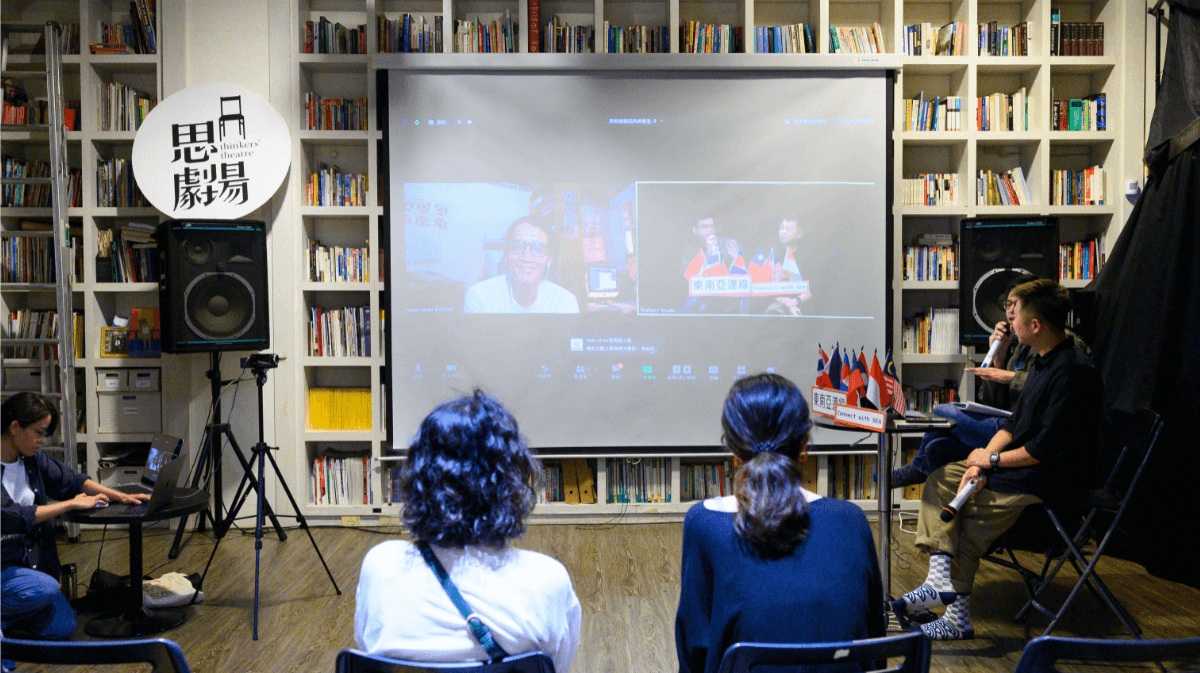
附錄:印尼新冠肺炎疫情
截至2020年11月23日,印尼共確診3,580,476例,解除隔離422,386例,死亡病例16,002例。目前為東南亞地區,染疫人數最高,也是死亡人數最高的國家。
印尼新冠肺炎時間表
2020年3月2日
印尼境內首度出現確診案例。
2020年3月10日
疑似首例社區感染出現。
2020年3月11日
前日確診的英國婦女在峇里島病逝,為印尼首例死亡案例。
2020年3月14日
交通部長Budi Karya Sumadi確診,是為印尼首位確診的政府官員。
2020年3月31日
總統佐科威(Joko Widodo)宣布印尼進入「國家公共衛生緊急狀態」(COVID-19 Public Health Emergency)。
2020年4月10日
雅加達省宣布施行「大規模社交距離限制」(PSBB),也是印尼全國第一個施行的區域。
2020年7月27日
全國確診人數達到10萬例。
2020年9月8日
全國確診病例已超過20萬例
2020年10月4日
全國確診病例達到30萬例。
2020年10月28日
全國確診人數突破40萬例。
Indonesia Cultural and Creative Industry Before, During, and After COVID-19 – A Makassar Perspective
Writer|Melody Wagner
On Wednesday, October 21 2020, Anwar Rachman (Jimpe) was invited to speak about the Indonesian Cultural and Creative Industries. Rachman is the Director of the Makassar Biennale since 2017. Jimpe sought to make distinctions in terms of the art scene in Indonesia showing it in two separate regions, the West and the East. According to his sharing, Makassar was one of the newer art Biennale happening in the Western part of Indonesia. In the last years, the main lessons that the organizers have gathered included the need for more youth involvement in management and network development. As it relates to differences in the Indonesian Creative Industry, Jimpe shares data on 4 areas, stating that prior to the pandemic there was only an offline presence for all of Indonesia’s art events, meaning that art activities were restricted to exhibitions and touchable social interactions with art. During the pandemic and lockdowns, different areas saw different offline realities. For Makassar he described that the offline art shows were scaled with events being restricted to what he terms as “close friend” exhibitions, in other municipalities like Bali and Polman exhibitions were small scale and then in Yogyakarta, there were medium to large scale exhibitions with restriction and safety protocols in place. Based on the explanation Jimpe provides, we can see that from one space to the next, there was quite a diverse response in the Indonesian Art world with the appearance that there was never a complete lockdown of the art industry like other presenters from the regions would often share. Additional to the physical spaces, Jimpe explained that an online element was added for the 3 main Biannale that he identified. Pointing out that this happened during the May to August period with SAM funding. More recently there is the Art Jakarta which opened in October and is expected to run into the end of the year.
Jimpe then spent some time talking about the impact that Indonesian Cultural Policy has had on Makassar. He shares that due to the size and location of Makassar accessibility to government aid or whatever mandates the policy set out is limited. So while there is an endowment fund established this year and open calls for art-cultural practitioners proposals which he considers to be unsustainable, that were both available to artists during the pandemic.
In the post-pandemic side of the presentation, Jimbe talked about what plans or ideas are being discussed for the community. He shared that for Makassar more on/off-line events would be used to facilitate widespread participation. In addition to that, he shared plans to empower youths communities with research and writing workshops. Essentially investing in the art scene developing human resources. One such action that is already underway is an educational initiative relating to health and local medicine. During his talk, Jimbe included information on the progress of investigations into non-pharmaceutical treatments for the virus and health conditions in general. This example is one way they are working to preserve culture through knowledge reproduction.
Alongside Jimbe’s presentation, the co-curator of the 2019 Makassar Biennale spoke about what he thinks can be done to make the event better. Points presented by Chen-Wei Lin include: that the event focuses more on the community’s identity, there is an empowerment of local participants, discussion of Anti-Chinese issues, and pollution problems, and lastly, viewing the curators as partners so that they can provide more insights and direction to the event.
The main conclusion from what was shared about the Makassar Biennale about the future of art in that region of Indoniesia is the lesson on the value of online platforms for art sharing in a region that is so widely separated. Moving forward merging both online and offline formats for events is the way forward.
